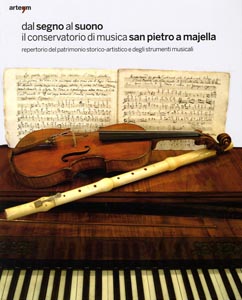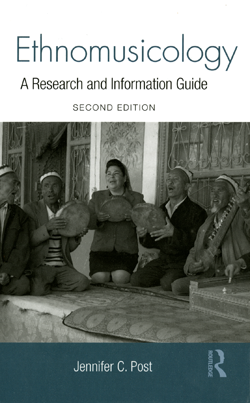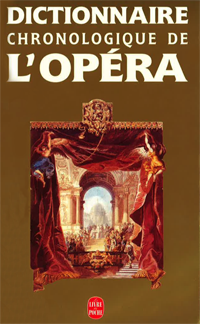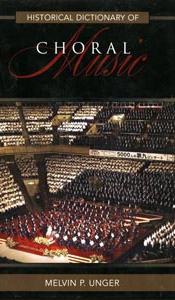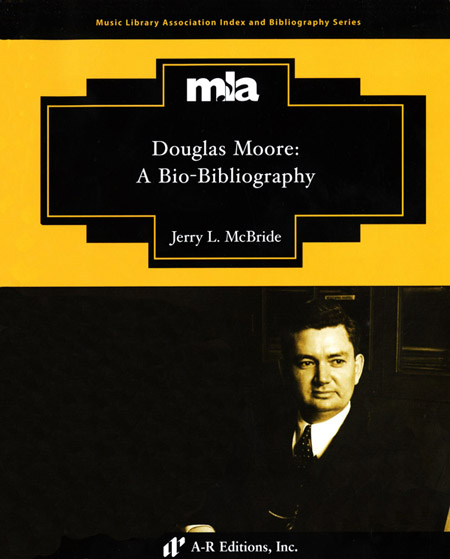We’ve recently added to our reference collection several new offerings from Routledge’s Music Bibliographies Series, which provides students and scholars with excellent starting points for research.
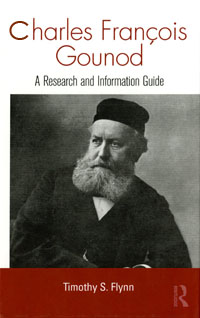
Flynn, Timothy S. Charles François Gounod: A Research and Information Guide. Routledge Music Bibliographies, ed. Jennifer C. Post. New York: Routledge, 2009.
This slim first edition nicely chronicles many of the important primary and secondary documents relating to the life of Charles Gounod as well as his historical context. Consequently, this tool will be useful to not only those interested in this particular composer, but also those hoping to research nineteenth-century French opera in general.

Huismann, Mary Christison. Frederick Delius: A Research and Information Guide. 2nd ed. Routledge Music Bibliographies, ed. Jennifer C. Post. New York: Routledge, 2009.
The author has not explicitly noted any significant differences between this edition and the last (published in 2005); however, a cursory examination reveals 707 additional bibliographic entries and 80 additional entries in the discography.
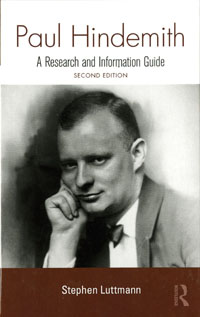
Luttman, Stephen. Paul Hindemith: A Research and Information Guide. 2nd ed. Routledge Music Bibliographies, ed. Jennifer C. Post. New York: Routledge, 2009.
Examining the two editions will reveal growth of 64 entries; however, the author mentions over 140 entries have been deleted while 204 are newly added. Inclusion criteria has been revised between the two editions, the most notable addition being items relating to the use of Hindemith’s works in elementary or secondary music curriculum. Such items have been included only when they bring with them musicological insight or obscure source material.
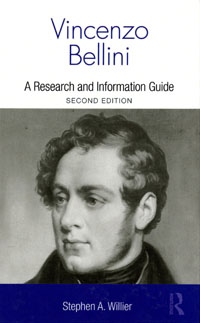
Willier, Stephen A. Vincenzo Bellini: A Research and Information Guide. 2nd ed. Routledge Music Bibliographies, ed. Jennifer C. Post. New York: Routledge, 2009.
The year 2001 saw two important conferences promoting and adding to Bellini scholarship, making a new edition (with 180 additional entries!) necessary. According to the author, the first edition of this work was intended to record Bellini scholarship and set straight myths and errors that had crept into the literature. This second edition ought to provide the same function as well as represent a study in reception history.
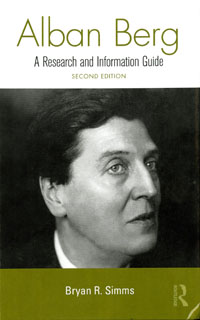
Simms, Bryan R. Alban Berg: A Research and Information Guide. 2nd ed. Routledge Music Bibliographies, ed. Jennifer C. Post. New York: Routledge, 2009.
Between this edition and the last, the author reports a 30% increase in the number of sources cited. Specifically, he notes adding video recordings and indicating availability of online resources. In terms of expansion, Chapters 1 and 2 (which concern Berg’s own music and writing) have been significantly revised, and the rest of the work now includes better coverage of articles written in Eastern European languages.
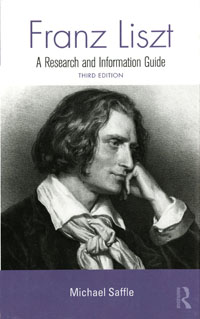
Saffle, Michael. Franz Liszt: A Research and Information Guide. 3rd ed. Routledge Music Bibliographies, ed. Jennifer C. Post. New York: Routledge, 2009.
Several changes have been made to this work with respect to its previous incarnations, most notably this: all possible references to Hungarian-language Liszt studies have been eliminated because they have been translated to English or a more familiar Western European language, and because those individuals actually able to comprehend such Hungarian studies will already be familiar with them.
Lindsay Weaver
Research Assistant
